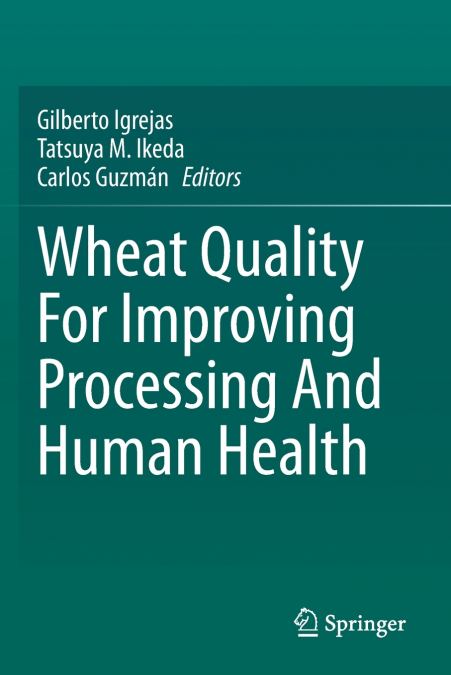
Wheat Quality for Improving Processing and Human Health brings together an international group of leading wheat scientists to outline highly relevant and diverse aspects and the latest advances in understanding of the world’s most consumed cereal. Topics covered include LMW glutenins, starch-related proteins, and the impact of processing on composition and consumer health. Individual chapters focus on important factors such as FODMAPs, protein structure, dough viscoelasticity and fumonisins. The environmental effects on allergen content are comprehensively covered, as are phenolic compounds and molecular markers. The major quality screening tools and genetic resources are reviewed in depth. Gluten is a major focus of this work with chapters dedicated to health effects, analytical methods and standards, proteomics and mutant proteins. Starting in 2015, wheat quality scientists from across the globe have united to develop the Expert Working Group for Improving Wheat Quality for Processing and Health under the umbrella of the Wheat Initiative. This joint effort provides a framework to establish strategic research and organisation priorities for wheat research at the international level in both developed and developing countries. This Expert Working Group aims to maintain and improve wheat quality for processing and health under varying environmental conditions. The Group focuses on a broad range of wheat quality issues including seed proteins, carbohydrates, nutrition quality and micronutrient content, grain processing and food safety. Bioactive compounds are also considered, both those with negative effects such as allergens and mycotoxins, and those with positive effects such as antioxidants and fibre. The Group also works in the development of germplasm sets and other tools that promote wheat quality research.Wheat quality specialists working on the wheat value chain, and nutritionists will find this book a useful resource to increase and update their knowledge of wheat quality, nutrition and health issues.